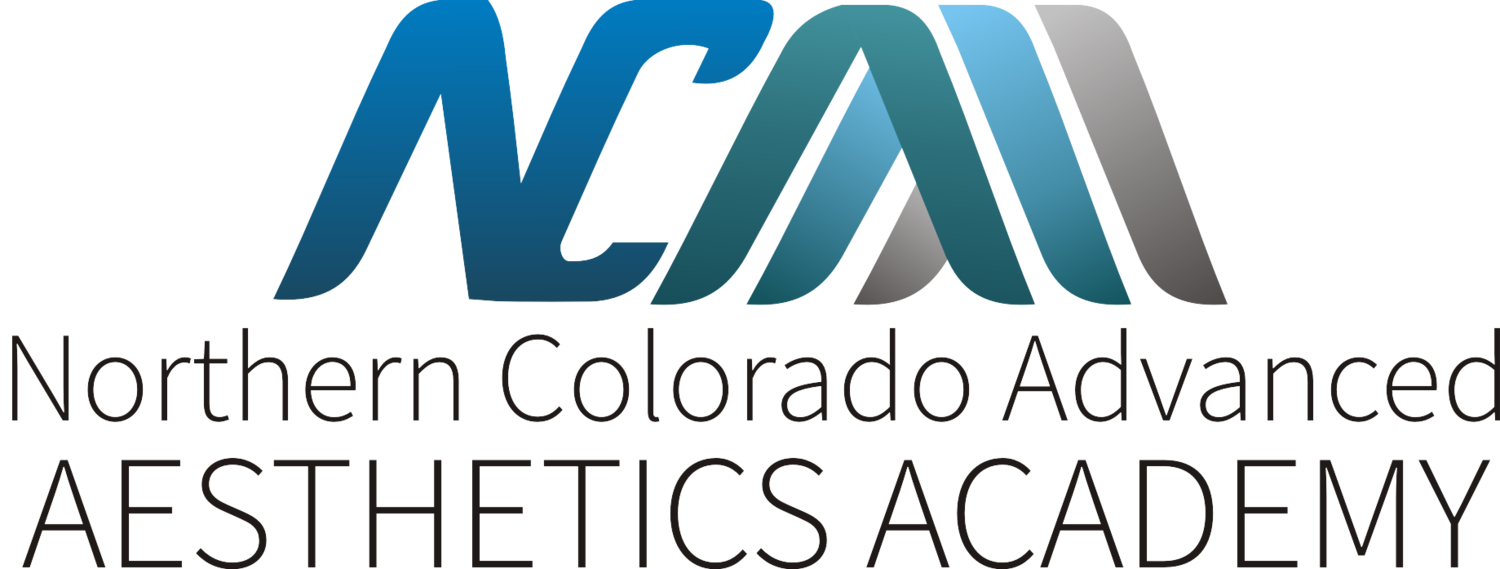Understanding Chemical Peels as an Esthetic Practice
A chemical peel can bring various benefits to one's skin, depending on its formulation and strength. It can heal the skin in many ways but is famous for unclogging pores, preventing and healing acne, lightening and evening out dark spots, and reducing fine lines and wrinkles.
Chemical peels require the application of chemical solutions to the skin. They come in various forms, such as gels, lotions, and cleansers, and function by dissolving the outermost layer of one's skin, allowing it to peel off the following days.
In short, chemical peels work by removing old skin cells and revealing a fresher layer underneath.
Three Types of Chemical Peels
Chemical peels have three different strengths: light, moderate, and deep. A licensed esthetician is authorized to perform the light and moderate peels, but only licensed physicians, such as dermatologists, can perform a deep chemical peel.
Light Chemical Peel
This type of peel is what you generally encounter in salons, skincare clinics, and spas. It is also known as a lunchtime or superficial peel.
On Formulation
There are several chemical formulations for a light peel. The most common formulation contains a solution of alpha-hydroxy acid (AHA) or beta-hydroxy acid (BHA).
AHA comes from natural sources, like sugar cane, milk, or tomato juice, but the most common AHAs are citric acid, glycolic acid, lactic acid, and malic acid. These are used to treat lines, wrinkles, uneven skin tone, and texture, and they also help improve acne.
BHA is for treating scars and acne-prone skin. It is a compound that controls the oil production of the skin and loosens dead skin cells. The most popular BHA is salicylic acid.
On Application
A thin layer (or layers for some) of peel is applied onto the skin for a set period.
Moderate Chemical Peel
Medium peels are different from light peels because they target the outer and middle layers of the skin to remove the damaged skin cells.
On Formulation
This peel uses a formulation that includes glycolic acid, trichloroacetic acid (TCA), lactic or pyruvic acid, or a combination of two or more acids to make a Jessner Peel.
Glycolic acid is a colorless and odorless AHA derived from sugarcane. The chemical exfoliant is responsible for dissolving the bonds between dead skin cells, allowing them to be cleared away and revealing smoother and younger skin.
TCA is what you use if you want to achieve a more pronounced result. It reduces the appearance of wrinkles, acne scars, and brown spots. It is also used in treating the eye and lip area to improve the appearance of dark circles, fine lines, and wrinkles.
You get a Jessner Peel when you combine salicylic acid, lactic acid, and resorcinol. It is the formula used in treating advanced acne scarring, sun spots, hyperpigmentation, wrinkles, and freckles.
Facts to Know About Chemical Peels
While chemical peels are often used to heal and treat the skin from different types of damage, they also have the potential to cause infection and other skin blemishes, such as the following:
Scarring
Skin tone changes
Cold sore breakouts
Swelling
Skin sensitivity
Burning, itching, or stinging sensations
Correct usage and proper training are essential to guarantee a safe chemical peel treatment. Patients should undergo a comprehensive consultation, including a thorough evaluation of their history, before proceeding with the treatment.
During the consultation, the esthetician should cover all factors that could affect the outcome, while the client should discuss their desired result for the procedure.
Here are some factors that should be considered:
Current and past medical condition/s
Current medications
Allergies
Chemical peel history
Pregnancy or nursing status
Current skincare regimen
Pre-service preparations (this includes the 24-hours skin test)
Client education (this includes letting the client know what to expect before, during, and after the peeling session)
Conclusion
The skin is a sensitive part of the body. As an esthetician who performs chemical peels, you must have an in-depth knowledge of the different chemical peel acids, their concentrations, and which to use on your clients.
Learn more about Chemical Peel and earn a certificate in a 24-hour course offered in Northern Colorado Advanced Aesthetics Academy. Our school is approved and regulated by the Colorado Department of Higher Education, Private Occupational School Board. We provide advanced aesthetics certificate courses and more. Contact us today for more information.
